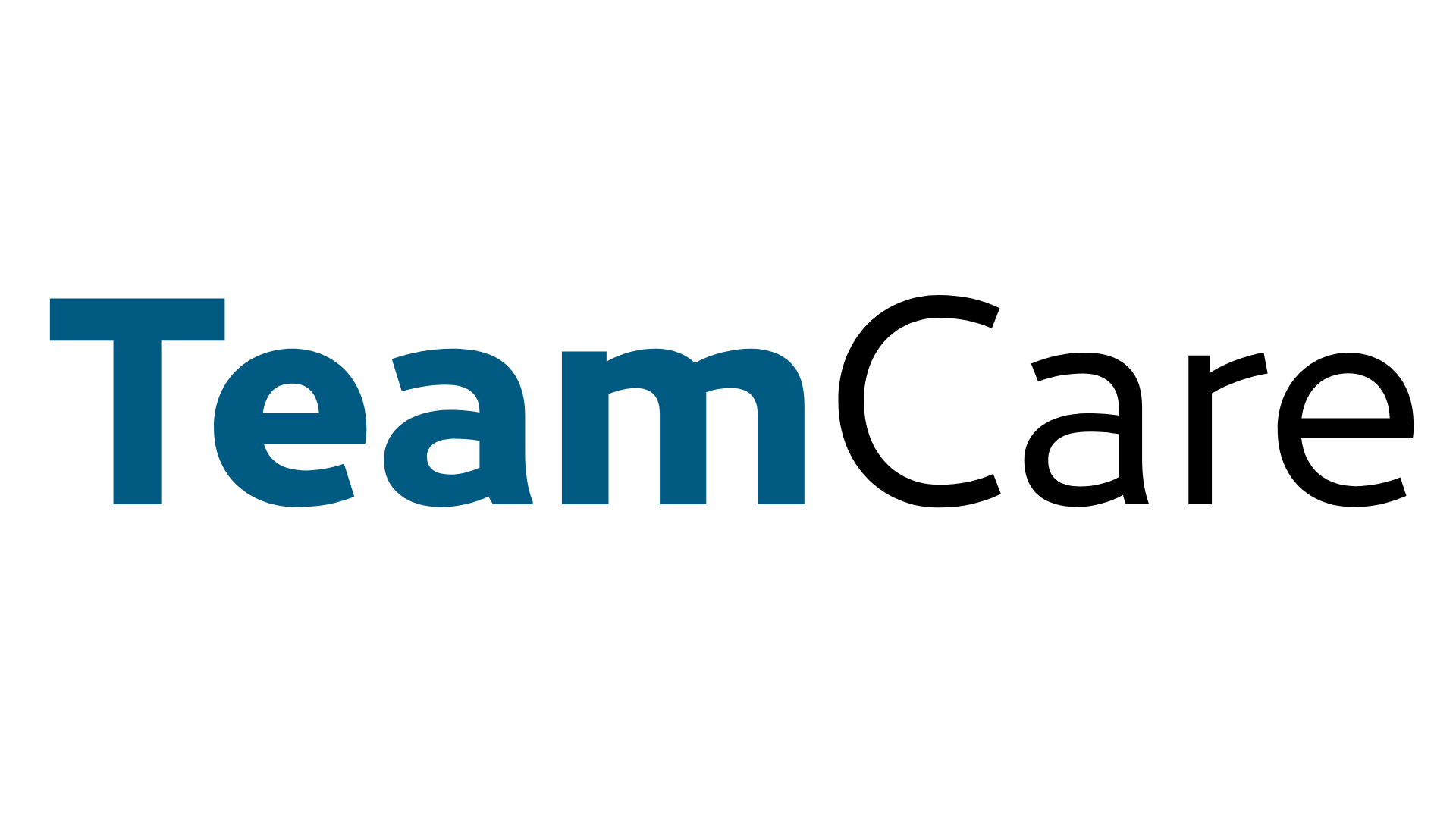2 min read
Thinking about Treatment Plan as statistics & averages
 Colin Ambler
Aug 2, 2023 1:38:15 PM
Colin Ambler
Aug 2, 2023 1:38:15 PM

Not all patients need treatment (some are healthy). Not all patients complete the treatment that gets recommended (some patients say "no"., some patients schedule appointments, but then cancel them, etc.) But are there patterns, tendencies and skills that make some individuals more effective than others?
Premise of the Model
Exams per month are 150 and opportunity is equal to all doctors
We'll assume 150 exams per month as the general mechanism to represent a sample patient population and equal distribution to doctors. So let's say a Doctor #1 sees 150 patients (exams) and that we may have additional doctors .. Doctor #2, #3, #4, etc. (depending on size of the practice) and they all see 150 exams. What do you expect happens? Would each doctor to have the same level of production from those exams??
Track and Measure
Observing, recording and measuring inputs & outcomes is nothing new! It's everywhere. As a common example, flipping a coin ... after enough observation, we can eventually find the trend or expected rate. ie., if we flip 150 times: it's gonna come up pretty close to 50% heads, 50% tails. So we can apply the same concept to our treatment planning expected outcomes. After gathering some data within your practice, you will find that dental behaviors can be similarly consistent to the "coin flip" and expose similar prevailing trends. Month over month, individual patterns & tendencies can be astonishingly predictable.
Context of Case Acceptance
Let's continue to establishing the three stages to which TeamCare captures the patient activity with respect to doctors and equal opportunity of 150 exams:
Stage 1: Diagnosis
How often do patients get presented treatment?

Example:
| Doctor | Exams | Presented | Did Not Present | Presented % |
| Doctor A | 150 | 55 | 95 | 36% |
| Doctor B | 150 | 65 | 85 | 43% |
Doctor B presents 43% of the time, whereas Doctor A presents 36% of the time
Typically we see anywhere from 30% - 60% rates of presenting treatment. This step is primarily driven by the clinical providers (Doctors & Hygienists) and the rate at which they diagnose. Appropriate levels of diagnosis are highly driven by individual office culture. Reasons for no presentation can be: healthy, referral (specialist) or other misc reasons. If it is observed that performance is excessively low or high, it may identify an issue.
Stage 2: Scheduling Decision
How often to patients set an appointment for their treatment?


Continued example:
| Doctor | Presented | Scheduled | Did Not Schedule | Schedule % |
| Doctor A | 55 | 50 | 5 | 91% |
| Doctor B | 65 | 45 | 20 | 70% |
Doctor A's patients schedule at 91% of the time, versus Doctor B at 70%
Approx bout 70% - 90% rates of the patient scheduling appointment as a healthy range. Patients deciding not to schedule may be due to:
- Financial hesitations
- No -- or "let me go ask my wife" (also No)
- Uninterested / not convinced / don't care
If it is observed that performance is low, it may be an indicator that there's an issue in communication / presentation being delivered poorly.
Stage 3: Attended / Completed
How often to patients attend the appointment that they scheduled?
Continued example:
| Doctor | Scheduled | Attended | Did Not Attend | Attend % |
| Doctor A | 50 | 35 | 15 | 70% |
| Doctor B | 45 | 38 | 7 | 84% |
Doctor B's patients attended 84% of the time, versus Doctor A at 70% of the time
What can cause the dropoff?
- Scheduled appointment "just to be nice" but did not truly intend on attending
Common Resolution: more strict financial arrangements; more focus on educating patients during treatment presentation.
Takeaways
- Although traveling very different paths ... each doctor had similar patients attend appointments! (35 vs. 38). Which doctor's performance do you prefer?
- This only tells half the story ... the other half is when is oriented to dollars $, instead of simply patients.
- These results and stages can be extrapolated into greater usefulness!
- We can use this as feedback, and try to improve results with the next 150 patients!
- We can tailor our focuses differently & specifically to each doctor and their specific areas of improvement
- We can create a predictive model for expected future production for a given 150 exams, for each doctor
- We can alter the course by setting goals and "reverse engineer" a different outcome. See: Treatment presented vs. produced ... how much?
Example Reporting

View Other Topics
- Getting Started (10)
- General (7)
- Retention and Reactivation (7)
- Case Presentation & Acceptance (4)
- FAQ (3)
- Goals & Incentives (3)
- Oriented by Role (3)
- Preappointment (3)
- Case Tracking (2)
- HR & Managing Stuff (2)
- Reactivation (2)
- Creating & Managing Treatment Plans (1)
- Incentives (1)
- Lab Cases (1)
- Onboarding - Level 1 (1)
- Onboarding - Level 2 (1)
- Onboarding - Level 3 (1)
- Onboarding - Level 4 (1)
- Onboarding - Level 5 (1)
- Payroll & Calculators (1)
- Practice Data Setup (1)
- Types of Case Trackings (1)